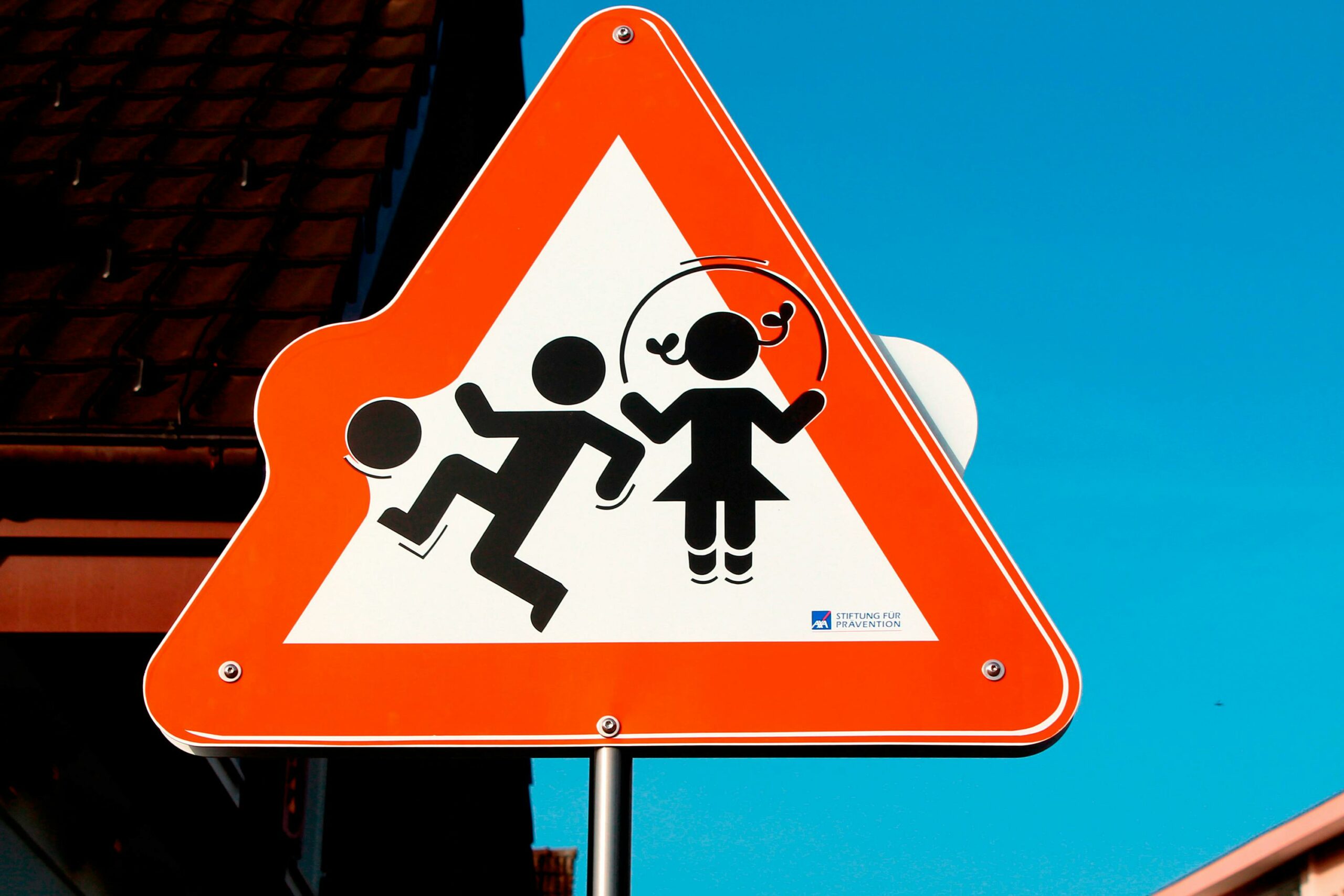We have been hearing a lot lately about the challenges of physical, big-body play during the school day. Sadly, there are many: time, space, ideas, other adults, and safety.
Legitimate challenges. But that is it, they are challenges, and they are not roadblocks.
And there are always two sides to every story.
Let’s take safety for instance.
Do we want children to be safe in their play? Of course!
But do we want to stifle their innate need to move by bubble wrapping them in uber safety? No.
Yes, there is more talk today about the value of risk. (Read more here.) But that is not where I am going.
I want to talk about looking at safety and risk from a different perspective.
Consider this safety scenario:
I was working with a school where we were playing a game driving “cars.” We were in a particularly small space with about a dozen 4 and 5-year-olds who were each using a hula hoop as their “car.” The teacher leading the group was anxious about possible mayhem when their driving would commence and to demonstrate the way to drive their hula hoop cars safely, she walked slowly in a circle asking them to follow her.
Within seconds, children were “wrecking” their cars into each other, body slamming each other, crossing the circle to cut each other off, and using their cars to “push” other cars out of the way all while walking in a circle.
What was working in this game?
Getting the children to move together in a circle is a great way to get kids active when in a small space. We play tag in some super tight spaces by having children run in the same direction as they try to tag each other and it is very effective: they get sweaty, they breathe hard and they get aerobic.
So moving together in the same direction is a good plan.
What wasn’t working in this game?
Walking. As much as this teacher did not want the children to get hurt, walking was doing just that. After a few frustrating minutes of car wrecking and body slamming, I pulled her aside and suggested she run and ask them to run too. She was not excited about the idea, but she leaned into my advice and started running, letting the children run, pass her if they wanted and really move. The only thing they had to do was keep going in the same direction.
What happened?
The body slamming stopped, the “wrecking” of cars stopped, the cutting across the circle stopped, and safety improved.
Why did this suddenly improve their safety?
Because children crave moving in big physical ways. And we know they do because every time we open the door to our classrooms or the gate to the playground or the door to the gym what do they do? They take off running and screaming in delight.
This is Mother Nature’s way of telling them (and us by default) that they need to move to give their brains what is needed to thrive, in the classroom and out of the classroom.
In this case, the children needed to move and when we stifled that need, they found much less safe alternatives.
But their running is something their brains need. Running
- Wires their brains for success by creating neural pathways for learning and behavior.
- Releases a chemical in the brain that optimizes neural connections and turns on the attention system, motivation system, and memory system.
- Calms their minds so their bodies can be calm making attending and learning more easily accessible.
When we fail to heed this need, we can make safety a bigger issue as in the hula hoop car example.
What could this teacher have done if she felt the game moving towards danger but still keep the activity level high with lots of running?
She could control the running and manage safety with fun commands:
- Red light (stop)
- Yellow light (slow)
- Reverse (make a beeping sound)
- Bumpy road (jump up and down while moving forward)
- Curvy Road (move side to side while moving forward)
- Icy road (spin in a circle in place)
- Flat tire (jump on one foot)
Each of these, when spaced out during the game, or when the game appears to be headed sideways into danger, can keep kids moving and thinking by interspersing new physical moves between high-volume running.
Bottom line:
It is incumbent upon us to lean into the way children are designed to move and thrive. We cannot discount the importance of physicality to our kids’ learning and development any longer.
If we are going to educate the next generation in a developmentally appropriate way, we must get them moving in school as much as possible. And that means lots of big-body, physical play in and out of the classroom.
It isn’t rocket science. It is brain science and biology. And it can’t be more logical.
